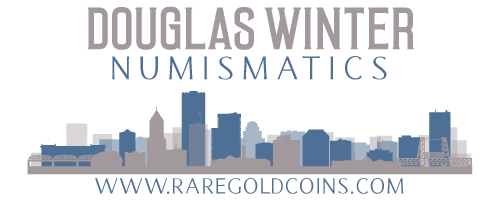Baltimore Coin Show Report
/The Baltimore coin show opened to the public on Thursday and to the public on Friday. Thursday was one of the more active days at a coin show that I can remember. I had a steady stream of dealers looking through my coins and made a number of sales, including some to other dealers that I have not done business with in a number of years. Areas that seemed most active with dealers included early gold, New Orleans half eagles and eagles and Indian Head eagles.
Has anyone else noticed that Indian Head eagles in MS63 to MS65 grades have dramatically increased in price in the past two months? A little birdie at the coin show told me that prices in this series could see even more dramatic price increases in the next three to six months.
Public attendance on Friday was excellent. The size of the bourse floor was much bigger than in past versions of this show and, at times, it felt like being at a cavernous ANA or FUN convention. I met a number of new collectors including one gentleman who had just spent over $1 million at the ANR sale and appeared to be buying at a furious pace from dealers. Clearly, coins have reached a new level of popularity.
Both PCGS and NGC “made” more coins that at recent shows. I was pleased with most of my grading results and other dealers I spoke with felt both services were making a better effort to grade according to market standards than at other recent major shows. Because of this fact, it was possible to buy a few interesting coins. But it was clearly a grind to buy and I generally was able to purchase just one or two interesting pieces at a time.
Overall, I would grade this show an A- for Douglas Winter Numismatics and a B for most other dealers. It was a great show for selling and it turned out to be a bit better for buying than I expected. After the uneventful February Long Beach, the coin market got a nice little shot in the arm and seems to be in good health as we approach the Spring.
Coming up in April are two important shows: the Spring ANA in Atlanta and the Central States in Columbus. The sale of the Duke’s Creek collection of Dahlonega gold coinage is going to be a major test for the high end of the Southern gold market while the repercussions of the State of Ohio Coin Scandal should make this year’s edition of the CSNS interesting to say the least.










